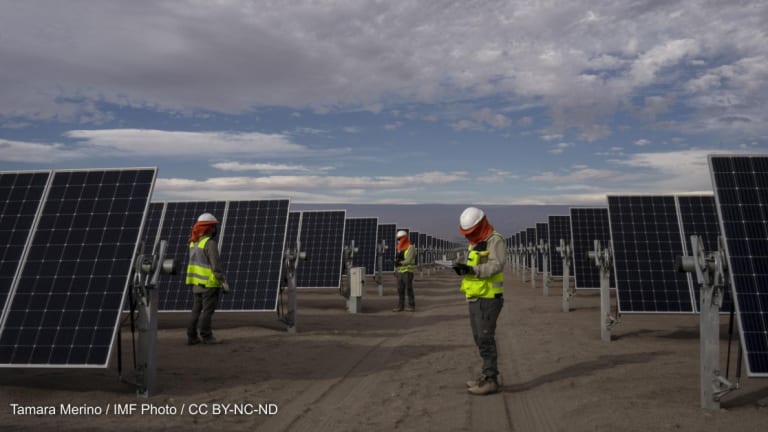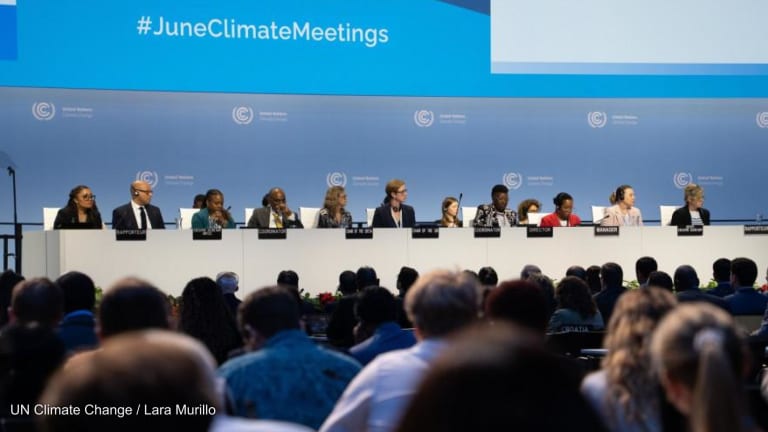Climate finance is key to meeting the Paris Agreement goals, but it is also a tricky web to untangle.
For low- and middle-income countries to reduce emissions, transition toward low-carbon economies, and adapt to the impacts of climate change, they require technical and financial support from high-income countries to put their plans into action. That arrangement might sound like a basis for cooperation and partnership, but it also stands out as one of the thorniest issues in international climate negotiations every year.
Even with agreed-upon commitments for what higher-income countries should provide, a number of questions continue to circle these discussions: What counts as climate finance? How should it be spent? Who should receive it? How does it differ from other forms of development assistance?
Development organizations, financial institutions, donors, corporations, foundations, governments, and civil society groups all bring different perspectives and interests to bear on these debates — and as the impacts of climate change intensify, those debates become more urgent.
The COVID-19 pandemic has introduced a new variable into the mix. The same institutions that are responsible for mobilizing climate finance are also being asked to deliver resources for pandemic response and recovery. Climate advocates see both risk and opportunity in the current crisis.
On one hand, the response could lock in carbon-intensive investments and put the climate goals further out of reach. On the other hand, it is a chance to reimagine a more sustainable economy.
In this video, Devex looks at some of the key issues related to the climate finance challenge.





